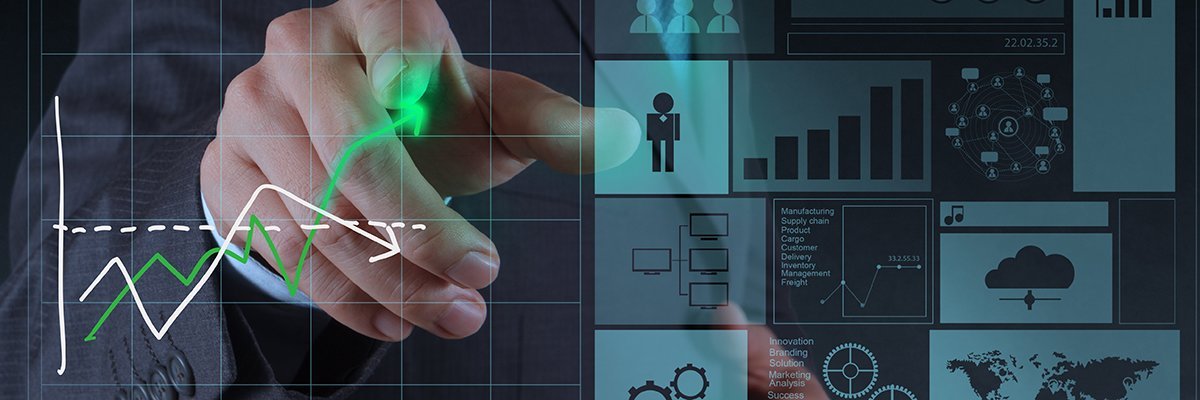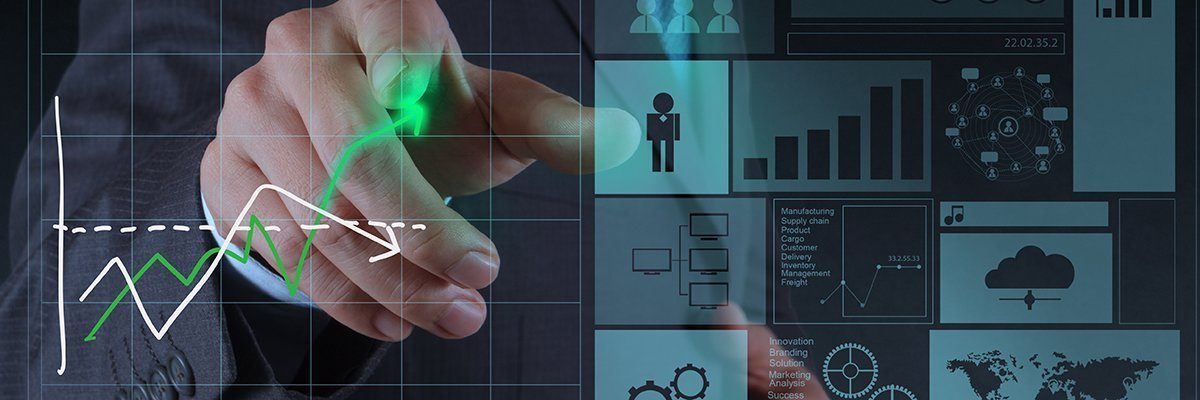
The opening keynote of the Tableau Conference 2018 began amid bright colors on large screens, a retro-sounding melody with a steady beat and the calming voice of a real woman that sounded almost artificial.
In a near monotone, the voice informed the thousands of attendees in the New Orleans conference hall that they love data and that, while others may not understand that love, those gathered at the leading data visualization and self-service analytics software vendor’s user conference do.
“We. All. Love. Data,” the voice said in an emphasized staccato, just before the large screens exploded with lights and colors, the music got faster and a small ripple of chuckles went through the crowd. The attendees might not have realized it at the time, but the presentation spoke to current analytics trends.
Like the Tableau Software presentation, analytics is becoming flashier, more enticing and simpler to understand. It is becoming increasingly powered by AI technologies that can give even relatively data-illiterate people some degree of analytical prowess.
Augmented analytics make things easier
Augmented analytics is the probably the most important of the analytics trends. By combining AI technologies, like machine learning and natural language processing (NLP), with data analytics, augmented analytics has made complicated analytical processes both easier to carry out and more advanced.
We’re early in respect to augmented analytics; it’s not a mainstream thing yet. Rita SallamGartner
“We’re early in respect to augmented analytics; it’s not a mainstream thing yet,” Rita Sallam, a Gartner analyst, said.
But, she added, “This kind of user experience will transform the market yet again.”
Gartner officially defined the term in 2017, and Sallam was one of the principal researchers and writers on the topic at Gartner.
“Augmented analytics is really about using AI,” she said. It’s about using automation to enable citizen data scientists, and even non-data people, to perform the tasks that, a few years ago, only trained data scientists would have been able to do.
This technology enables “more people to gain access to insights from advanced analytics without having to be a data scientist,” Sallam said.
Numerous BI vendors tried in 2018 to better incorporate AI technologies into their analytics products, and many pledged to continue to do so in 2019 and beyond.
Tableau, for example, last year released the natural language querying tool Ask Data into its products. The tool enables users to type queries in plain text to discover data insights. The vendor also acquired a few AI companies to add power its augmented analytics, including MIT startup Empirical Systems.
Other vendors, including ThoughtSpot, also updated their platforms’ NLP capabilities and introduced AI assistants for easier queries.
More partnerships
Another of the notable analytics trends for 2019 is that BI vendors can be expected to acquire more AI startups. There likely will be more partnerships as well.
“They’re all looking to augmented analytics,” Adam Smith, COO of Automated Insights, said of BI and analytics vendors.
Automated Insights is an NLP software vendor that has partnerships with platforms including Tableau, Power BI and Qlik. Those partnerships have expanded over the last year or so and are predicted to continue to expand in the future.
“They continue to open up to give us new access” to their platforms, Smith said.
As for Tableau, the vendor made strides in 2018 to enable third-party developers to more easily and more deeply integrate their products and services into the Tableau platform.
In an interview at Tableau’s user conference in October 2018, CEO Adam Selipsky noted that, as the Tableau platform expands its capabilities and services, its “partner ecosystem” will be vital.
More analytics in schools, supply chain
As BI and analytical platforms become easier to use and as data becomes easier to capture and store, analytics will begin to be more important in areas in which it wasn’t used much before.
One such area, Erik Nilsson and Meghan Turjanica of higher education software vendor Jenzabar predicted, is education.
“We’re seeing a big uptick in schools doing analytics,” Nilsson, vice president of corporate development, said.
The education industry has historically been slow to adopt new tools and techniques, Turjanica, product manager for student success solutions, said.
It’s an industry rooted in ideas that are thousands of years old, she said, and “it’s very difficult for [educators] to respond to input” that challenges their view of the world.
But over the last several years, partly because BI tools are easier to use and partly because data has proven itself a useful tool in education, analytics has been slowly infiltrating the industry’s somewhat outdated techniques.
“Analytics is going from just being in the hands of IT people on campus to being in the hands of the business users,” Nilsson said. As that happens, he continued, its adoption rate will jump.
Other sectors, like retail and logistics, have started to use analytics more over the last few years — one of the analytics trends that is expected to grow in in 2019 and beyond.
In a cloud, on the edge
Cloud computing, just like the AI-powered technologies in augmented analytics, has also helped make analytics tools simpler to use and more popular.
Whereas once businesses were required to buy individual licenses for analytical programs, now, many vendors offer low-cost subscriptions to use their BI tools on the cloud. Complex analytical processes once requiring powerful and expensive computers now can be done on the cloud. And data once requiring large databases to store also can be moved into the cloud.
According to John Liu, senior director of applied machine learning at Digital Reasoning, a cognitive computing vendor, these factors have enabled small businesses to begin to take advantage of analytics.
In 2018, he said, many small companies migrated their data to the cloud, an act that will have “a profound effect” in 2019, as these companies “ramp up how they actually process data.”
Analytics also will used more in edge computing and IoT as well, as users push for real-time analytics and analytics on connected devices, things that classic cloud computing, according to John Crupi, vice president of IoT analytics at IoT software vendor Greenwave Systems, can’t handle.
“We built a platform because we tried to do real-time analytics in the cloud for IoT, and the cloud is just not built for that,” he said.
Edge computing, however, simply because it needs to keep so many devices connected at all times, is built for that, he said.

